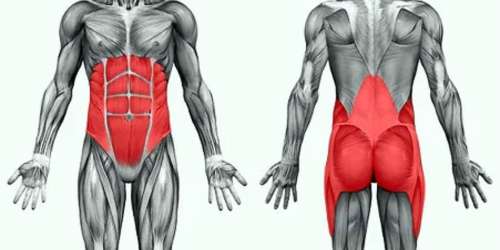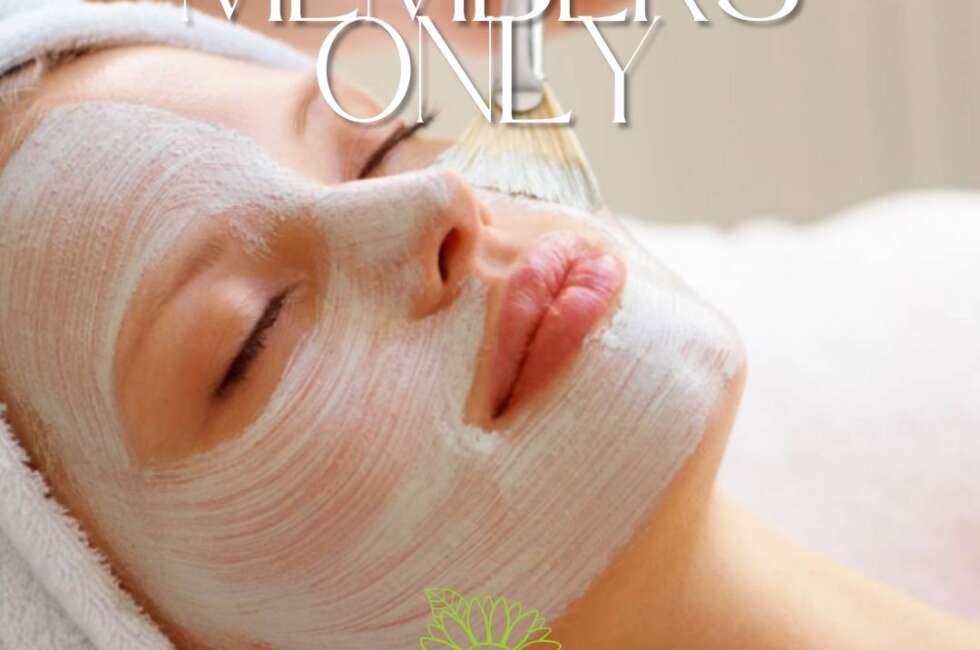
The Core is called the Core for a reason; It is the center of all your movements. And you will never be strong and balanced in your movements if your foundation is weak.
Corinne Brown

For me, a strong core means balance and stability in and out of the gym
Many think of the core as synonymous with the abdominals, and sure, sculpted six pack abs are a common if often difficult goal. But the fact is a strong core involves muscles from the top of your shoulders to the bottom of your pelvis, and making these muscles strong is much more important than having visible definition. Yes, it is possible to have a powerful Core without those six-pack lines. Definition depends on many factors, including body fat percentage, genetics, eating and drinking habits, and where you are in your menstrual cycle. But core strength can be present even when it’s mostly invisible.
The core is called the core for a reason; it is the center of all your movements. And you will never be strong and balanced in your movements if your foundation is weak. Here’s how to strengthen yours:
I recommend at least three days a week of core work. If you do less than that, it’s difficult to achieve a powerful core. One of my favorite core movements is planks. Properly done, the plank involves your lower abs, upper abs, obliques, shoulders and back muscles. One thing that makes the plank such a foundational movement is that it can be adapted and performed at any levels of fitness. For more advanced students, there is the full plank, which is done by placing hands down on the floor with palms directly underneath the shoulders. (See below)
For less advanced students, a less intense but still effective plank would be to drop to your elbows in a tripod position. This will enable you to develop the upper body strength needed to perform the full plank movement. Whichever plank you do, make sure that your middle section is not dipping. You should feel as if your navel is pressing towards your spine. Keep your upper back slightly rounded, glutes engaged, and inner thighs and pelvic floor (the muscle between the pubic bone and the tailbone) lifted, and finally, knees slightly bent with feet joined and bottom of foot flat, meaning straight up and down from toes to heels. (see below)
Another adaptation to make the movement easier is to keep your knees on the floor until you feel strong enough to keep knees up the entire time. (see below) Trust me this will happen with patience and consistency! You should strive for at least a one minute hold. As you get stronger, go longer. I have had my students holding for up to five minutes!
My primary rule is always to follow your own lead. If the movement isn’t comfortable, please modify it to suit your level. Reaching beyond what you’re ready for can lead to injury and setbacks, which we all want to avoid. I promise you will progress quickly if you keep focused and consistent in your training.
Sponsored Links
About the Author
Corinne Brown
Corinne Brown is a Fitness Professional with over 35 years experience. She is the co-founder and co-owner of Fitness Incentive.

